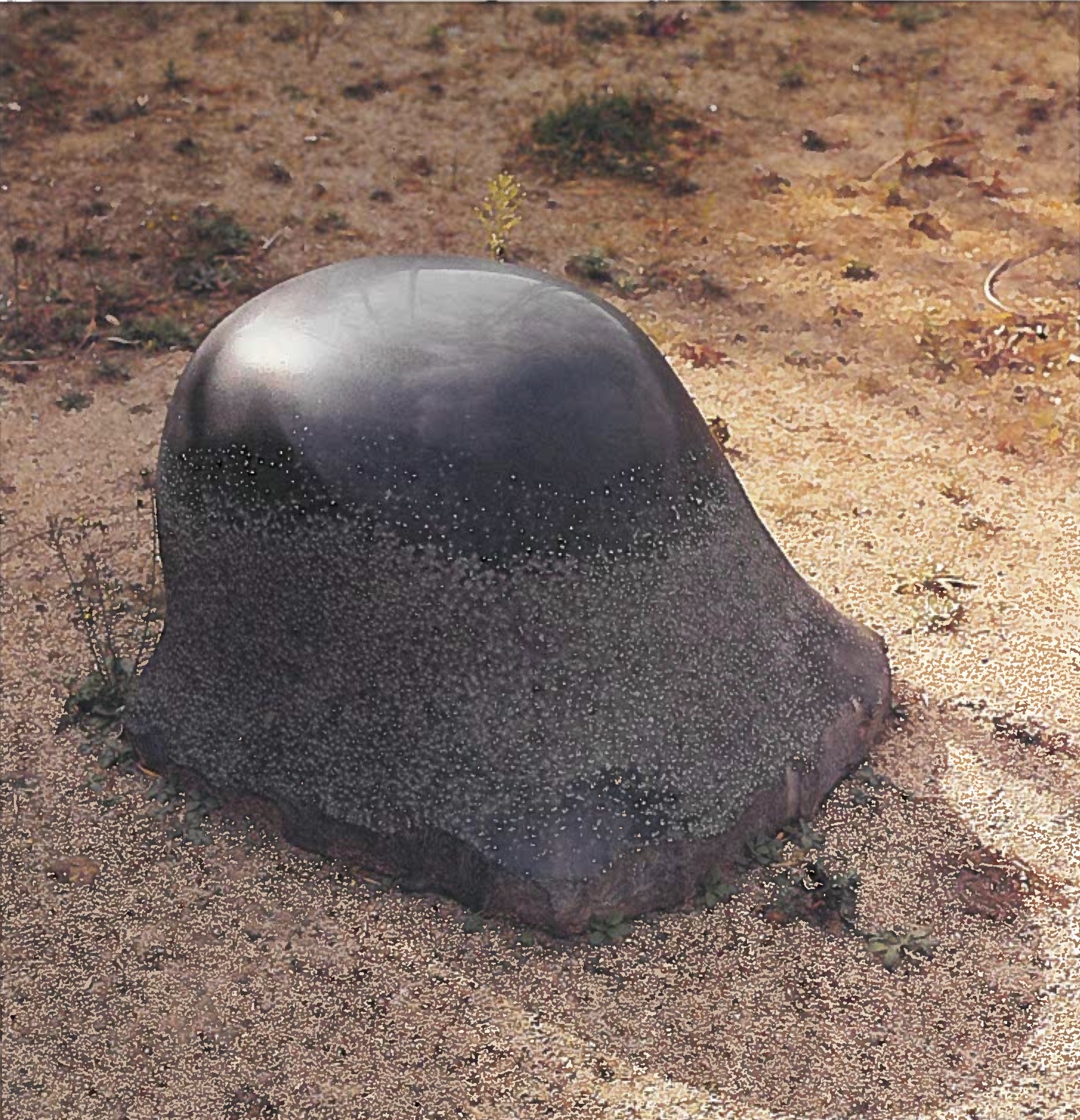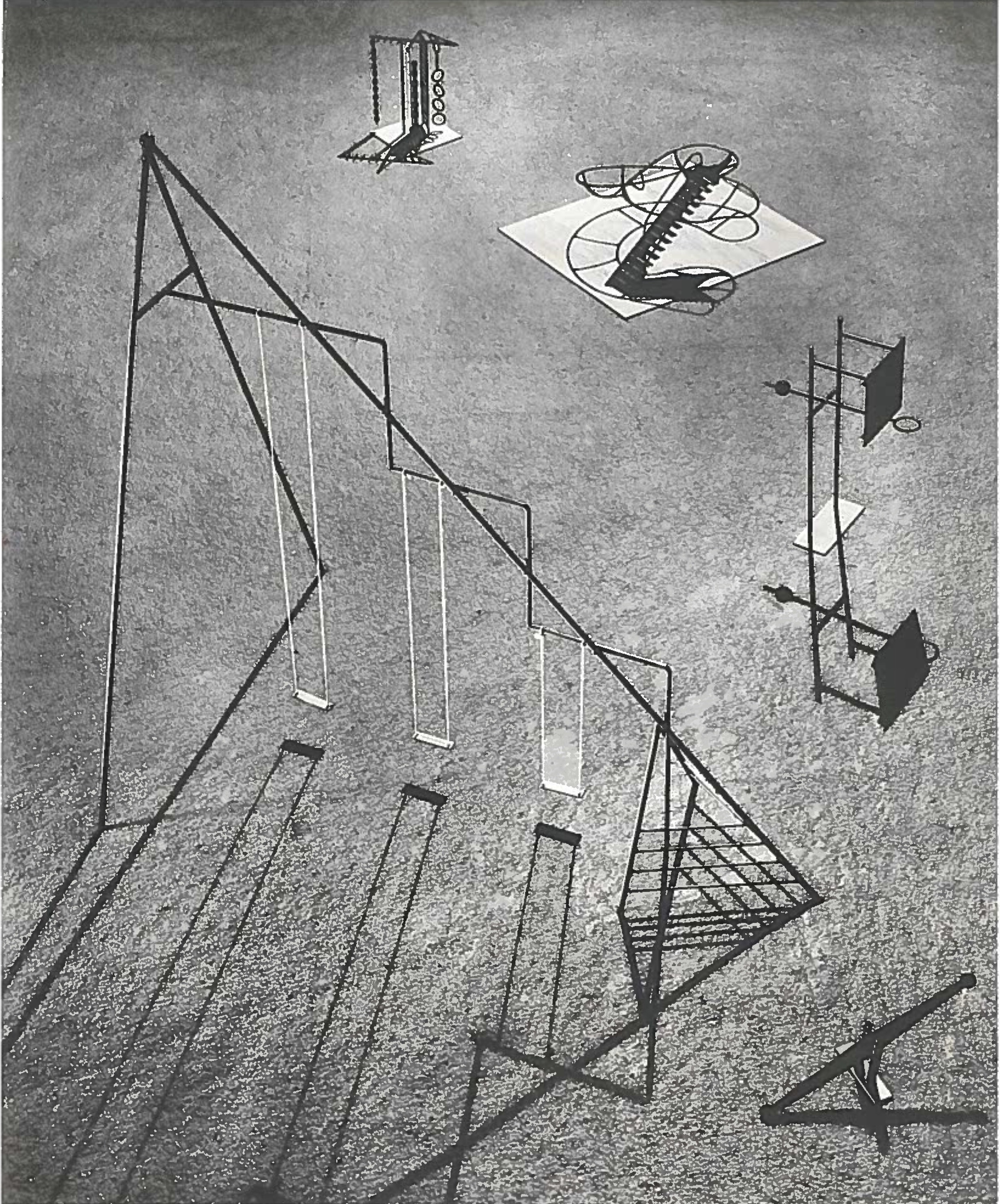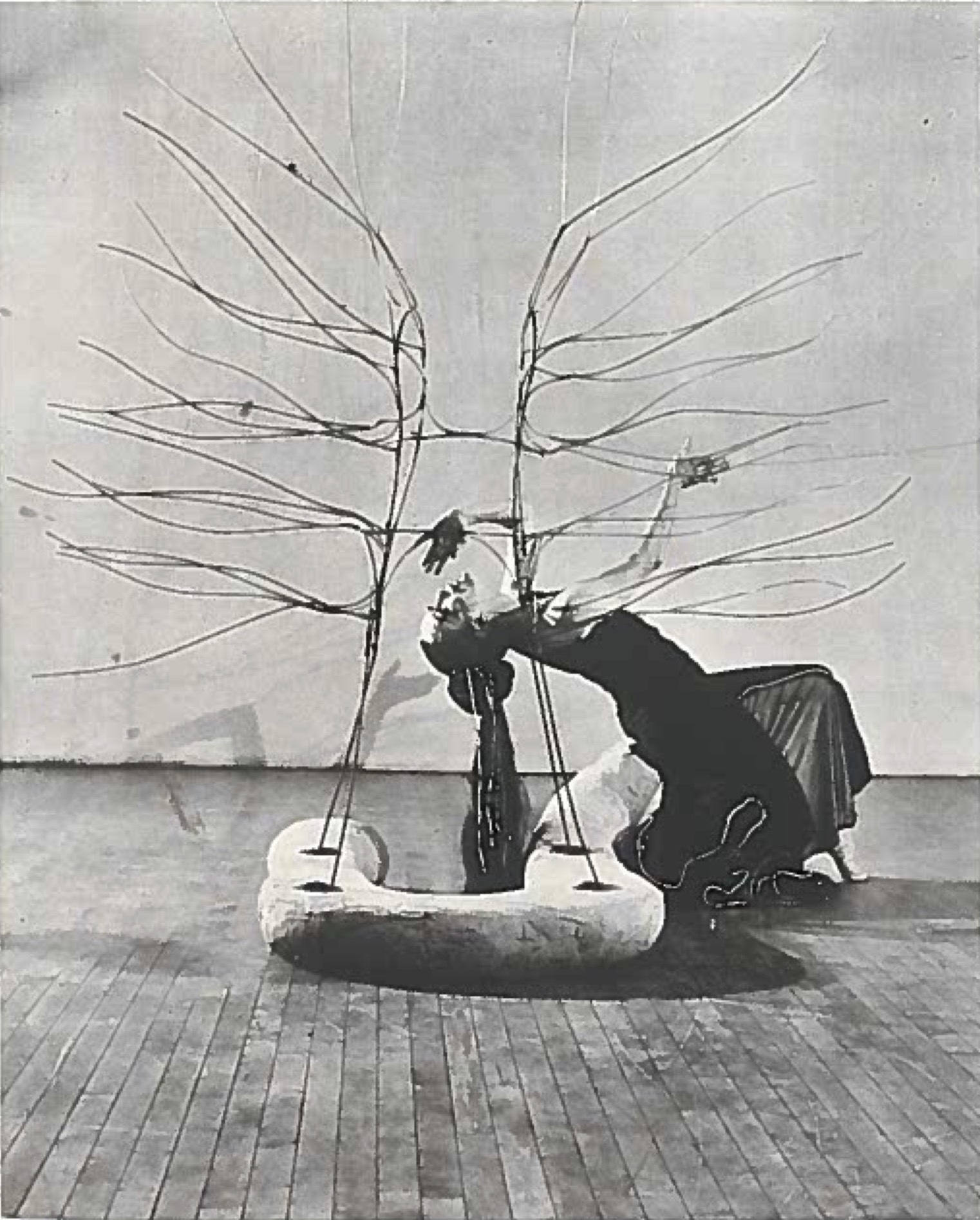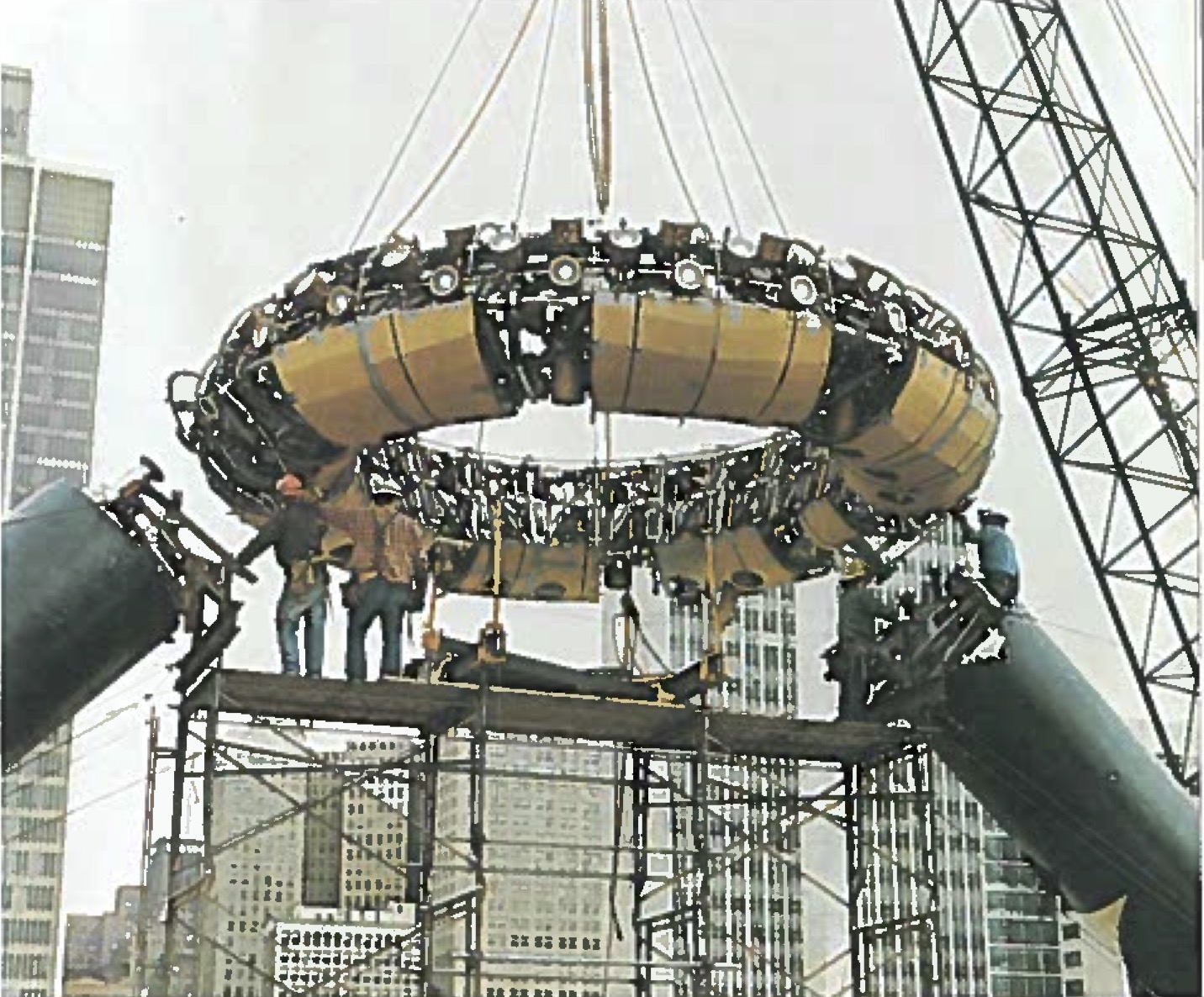
Sarah Cohen
July 6, 2023
Isamu Noguchi was born 1904 in Los Angeles, California to a Japanese father and American mother. As a child, he and his mother lived in Japan, but Noguchi returned to the United States alone in 1918 to attend high school in Indiana. He later went on to study pre-medicine at Columbia University in New York City, however, after exploring sculpture as a hobby, decided to change his path and pursue a career as an artist. His talents landed him a position working with Romanian artist Constantin Brancusi in Paris where he met many influential Modern artists of the time.
This multicultural upbringing that involved living and working between the Eastern and Western hemispheres informed his sense of identity. While sustaining a dedicated interest in sculpture, Noguchi also participated in activism. The bombing of Pearl Harbor changed the political landscape of the United States, especially for Japanese-American citizens. He voluntarily entered the internment camp in Poston, Arizona with hopes to improve conditions, proposing an arts and crafts program that could spread into other internment camps. He expressed that he was troubled by the challenges brought on by racial and cultural differences and hoped to address this in his work. For the rest of his life, he aimed to create spaces of a utopia that looked towards a future where differences were appreciated. He investigated aesthetics and how they affect our view of the world and our mood in the moment, often also considering the contrast between nature and technology, war and peace, past and present, and the unconscious and conscious as large influences.

As one of his last major architectural projects, Isamu Noguchi designed Hart Plaza in Detroit, an experimental civic playground that upheld his legacy as a visionary of a future where our cityscapes can generate calm and creative interactions through close consideration of aesthetics. Initially, the city had put out a call for designers to submit a proposal for a memorial fountain that would be funded by Alice Thompson Dodge for her late husband and son. Noguchi designed the fountain in two weeks, and was selected by the city for this project. No later, he was commissioned to design the whole park by former mayor, Coleman E. Young, including a space to host the Ethnic Festivals that are soon to return. Inspired by Japanese Noh theater, which aimed to communicate Buddhist themes and Japanese zen gardens, he aimed to create a “humanizing space; and humanizing of sculpture”, and “a place to go enjoy yourself, a place to defuse the tensions that develop”. Hart Plaza, in a way, was an attempt to rebirth Detroit after the 1967 rebellion and generate positivity for the city. In 1979 the project was finished and Noguchi’s vision materialized into what we now know today as Hart Plaza.

Noguchi designed many playgrounds, civic spaces, and sets for performance throughout his career; through these designs he hoped to activate ritualistic interaction that would channel the unconscious elements of our existence. With the playgrounds and civic spaces, he aimed to awaken the inner child, to extend the fantasy of play and release tension through doing so.

The theater sets he designed for Martha Graham changed the status quo of dance history by introducing objects for the dancers to integrate into their routines. Noguchi believed that the environmental landscape of any performance creates unique dynamics between a person and the space they consume. He placed a big emphasis on theater as a ritual and was inspired by architecture that incorporated ritual such as the Egyptian pyramids, Buddhist temples, and Indigenous burial mounds.

Dancers extend their corporeality onto the architecture, unleashing their unconscious through the fluidity of movement. The humanness of dance mixed with the modernist sculptures revealed a common theme in his work where technology supports the spirit to create a synthesis of industry and nature.
Noguchi birthed a futurist space for Detroit, which gave birth to the futurist genre of Techno. Themes in Noguchi’s work parallel many of the themes of Techno; space, technology, liberation, exploration of the unknown, etc. The meeting of these two creations is a beautiful example of the city’s spirit constantly pushing forward to the future, regardless of its struggles, drawing in international crowds to experience the city of Detroit. Movement (formerly DEMF) creates a space where people unite under the appreciation and expression of techno music, interacting with Noguchi’s futurist landscape. While the space has been underutilized and neglected, the future’s looking bright with some of the Ethnic Festivals to return (the African World Festival and the Arab Chaldean Festival). The Horace E. Dodge fountain resembles a UFO in the middle of Hart Plaza will hopefully fly again.

1. Friedman, Martin, and Isamu Noguchi. Noguchi’s imaginary landscapes: An exhibition. Minneapolis, Minnesota : The Center, 1978.
2. Hunter, Sam. Isamu Noguchi. New York, New York: Abbeville Press, 1978.
3. Noguchi, Isamu, Valerie J. Fletcher, Dana Miller, and Bonnie Rychlak. Isamu noguchi: Master sculptor. DC, Washington: Whitney Museum of American Art, 2004.
4. LaMarre, Linda. “He Sculpts the Landscape.” The Detroit News Magazine. April 15, 1979.
(all images are from source #2)